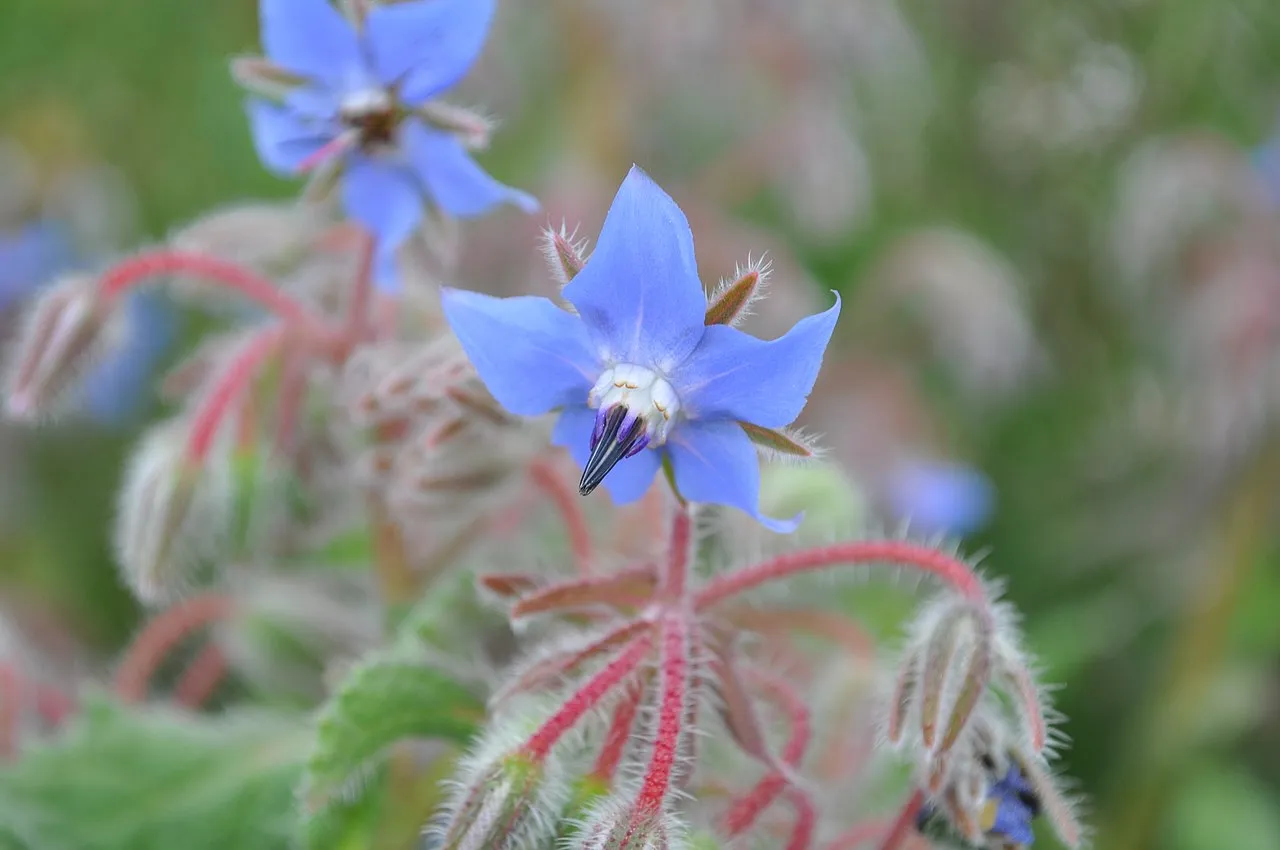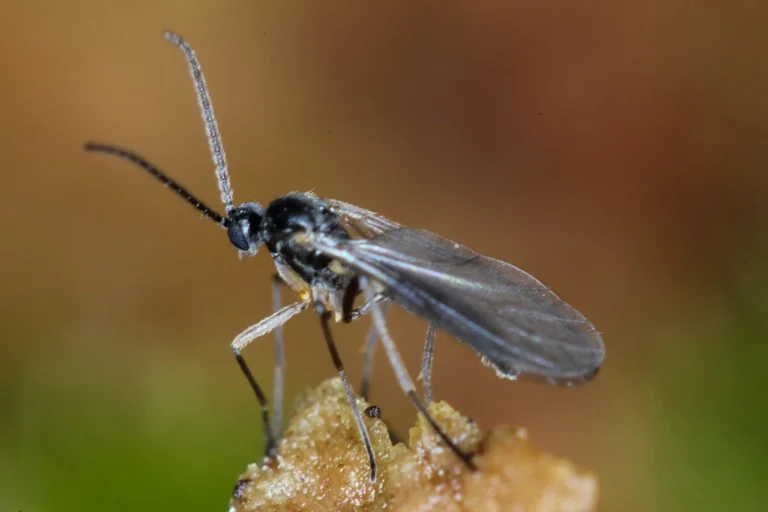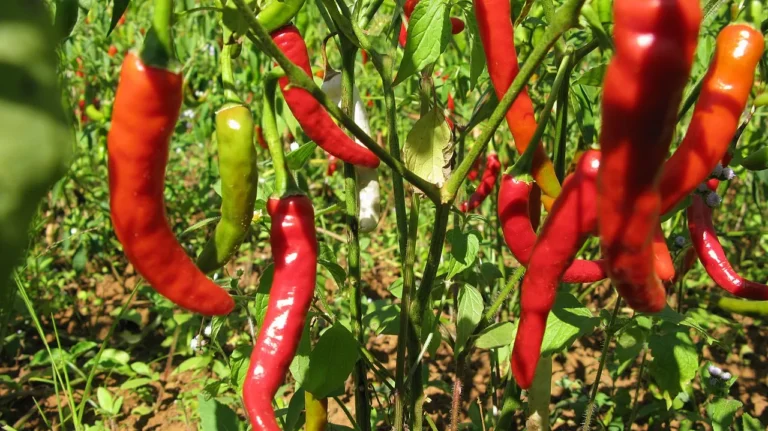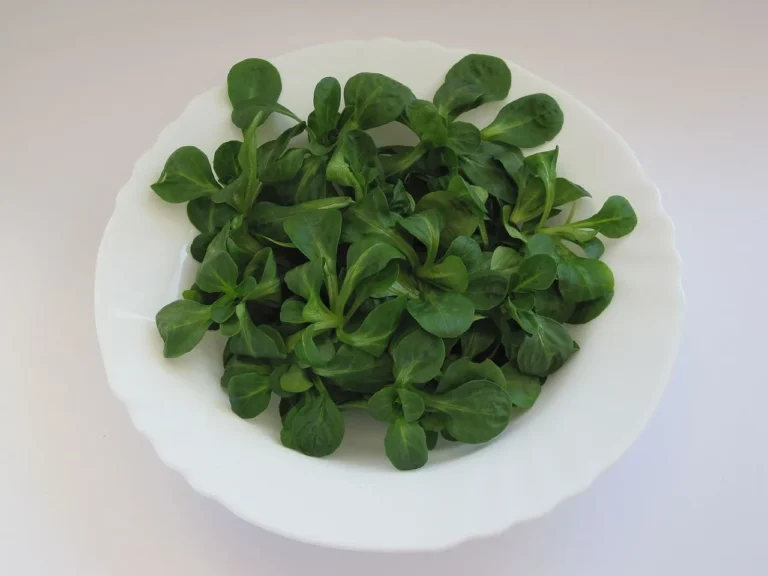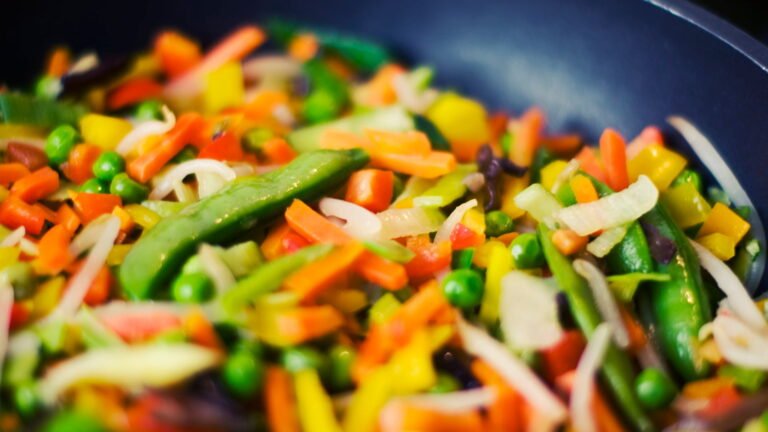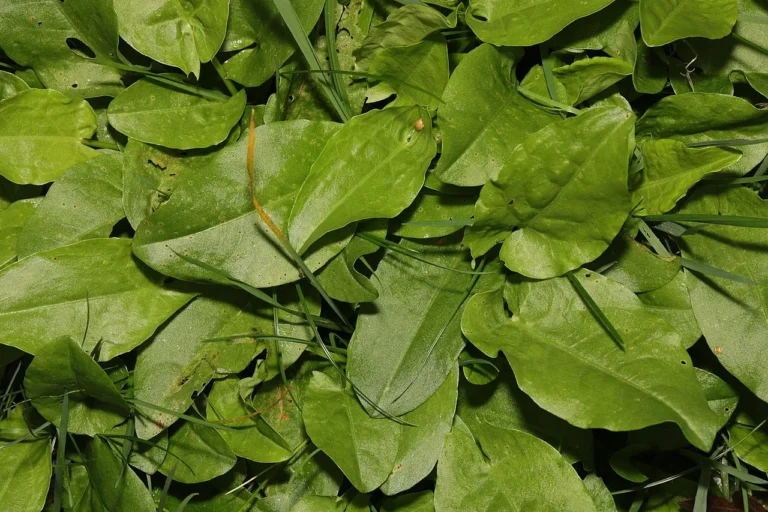Embracing Borage: A Gardener’s Guide to Growing Starflower
Borage (Borago officinalis), often hailed as the starflower for its striking blue, star-shaped blooms, is a resilient and versatile herb that deserves a spot in every gardener’s plot. Native to the Mediterranean region but now grown worldwide, borage is celebrated not only for its beauty and pollinator-attracting qualities but also for its culinary uses and health benefits. This comprehensive guide will walk you through everything you need to know to successfully grow and enjoy borage.
What is Borage?
Borage is an annual herb that stands out for its fuzzy leaves and brilliant blue flowers. It grows up to 2-3 feet tall and is known for its rapid growth and ease of care. Beyond its visual appeal, borage is a culinary and medicinal herb, with parts of the plant used in a variety of dishes and remedies. Its flowers and leaves impart a cool, cucumber-like flavour to salads, drinks, and more.
How to Grow Borage
Planting Borage
- Timing: Plant borage seeds in early spring, after the last frost, or in autumn in warmer climates. Borage prefers cooler temperatures for germination and early growth.
- Soil and Sunlight: Choose a sunny spot with well-draining soil. Borage is tolerant of poor soil conditions but thrives in soil enriched with compost or well-rotted manure.
- Sowing: Sow seeds directly into the garden, as borage does not transplant well due to its deep taproot. Plant seeds ¼ to ½ inch deep and space them about 12 inches apart.
Care and Maintenance
- Watering: Water borage plants regularly, especially during dry spells, to keep the soil evenly moist. However, avoid overwatering to prevent root rot.
- Feeding: Borage is not a heavy feeder, but a light application of a balanced organic fertilizer in mid-season can promote lush growth.
- Support: Due to its height and sometimes top-heavy nature, staking borage plants may be necessary, especially in windy locations.
Harvesting and Using Borage
- Harvesting: You can begin to harvest borage leaves and flowers as soon as the plant is well established and the flowers have opened. Pick leaves when they are young for the best flavour.
- Culinary Uses: Fresh borage leaves and flowers add a refreshing cucumber taste to salads, soups, and drinks. Borage flowers make charming edible decorations for cakes and desserts.
- Medicinal Benefits: Traditionally, borage has been used to improve respiratory health, boost mood, and reduce inflammation. Use leaves and flowers to brew a soothing tea.
Companion Planting and Ecological Benefits
Borage is an excellent companion plant in the vegetable garden. It attracts bees and other beneficial pollinators, essential for the pollination of many crops. Additionally, borage is believed to improve the growth and flavour of strawberries, tomatoes, and squash when planted nearby.
Final Thoughts
Growing borage is a rewarding endeavor that enhances your garden’s biodiversity, beauty, and productivity. Its ease of care, coupled with its numerous uses and benefits, makes borage a must-have herb for both novice and experienced gardeners. By incorporating borage into your garden, you invite a world of culinary delights, natural remedies, and vibrant beauty that will enrich your gardening experience and your table.

